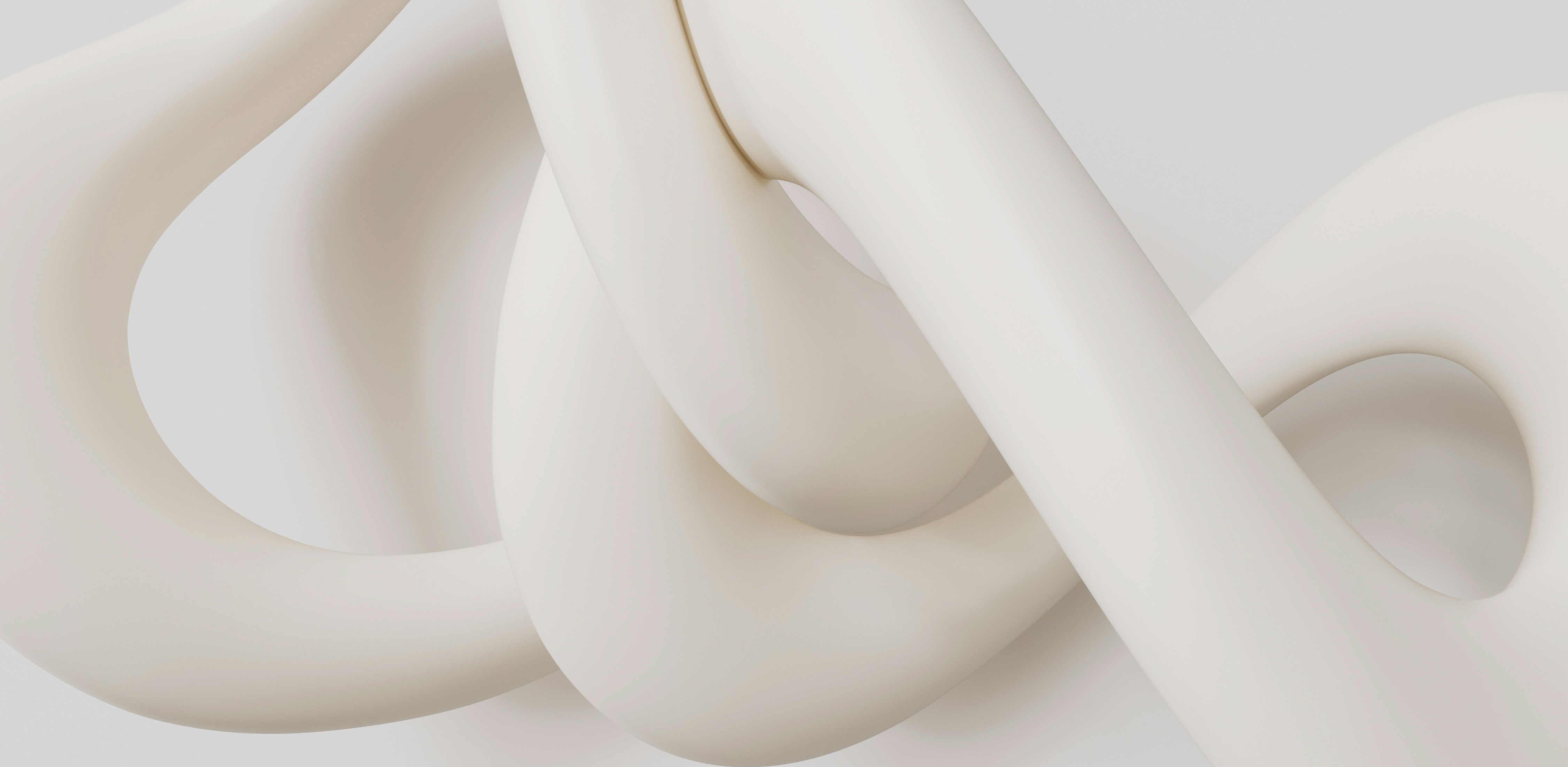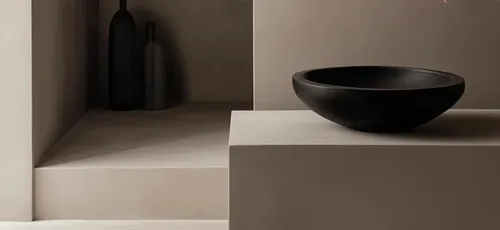
Introduction
When people think of web design, they often imagine picking colors, arranging text, and adding images. But professional web design is much more than decoration — it’s a structured process that transforms ideas into experiences, and experiences into results.
A great website doesn’t happen by accident. It’s crafted step by step, with each stage designed to make sure the final product not only looks beautiful but also works for your business goals.
Step 1: Discovery & Understanding
Every successful website begins with understanding. Before design even starts, it’s important to explore the business, audience, and goals.
- Who are the users?
- What problems should the website solve?
- What actions should visitors take?
This stage builds the foundation. Without it, design becomes guesswork. With it, every decision has purpose.
Step 2: Structure & Strategy
Once the goals are clear, the next step is to create the blueprint: sitemaps and wireframes. These are like the architectural plans for a house.
They outline how content will be organized, how users will navigate, and where important calls-to-action will appear. This ensures the website isn’t just attractive, but intuitive — guiding visitors naturally toward the right decisions.
Step 3: Visual Design
Now comes the part most people picture when they hear “web design.” But here, design is more than aesthetics — it’s psychology.
Typography, colors, spacing, and imagery are carefully chosen to spark the right emotions. Do we want to feel trustworthy? Energetic? Innovative? Every visual choice is intentional, shaping how visitors feel and whether they’ll take the next step.

Step 4: Development & Testing
Once visuals are approved, the design is brought to life. Development ensures the site is responsive, fast, and functional across all devices. This stage also includes testing — checking performance, fixing bugs, and polishing every detail to guarantee a smooth experience.
A website that looks good but doesn’t work is like a car without an engine. Development is what makes the design real.
Step 5: Launch & Beyond
The launch is only the beginning. A good website grows and adapts with the business. That’s why this process often includes ongoing support, updates, and optimizations to keep performance high and ensure the site continues delivering results over time.
Conclusion
The web design process is not about decoration — it’s about strategy, structure, emotion, and performance working together.
When you follow a clear process, the result is not just a pretty website. It’s a digital tool that builds trust, attracts clients, and moves your business forward.
Because at the end of the day, great design doesn’t just look good. It works.




